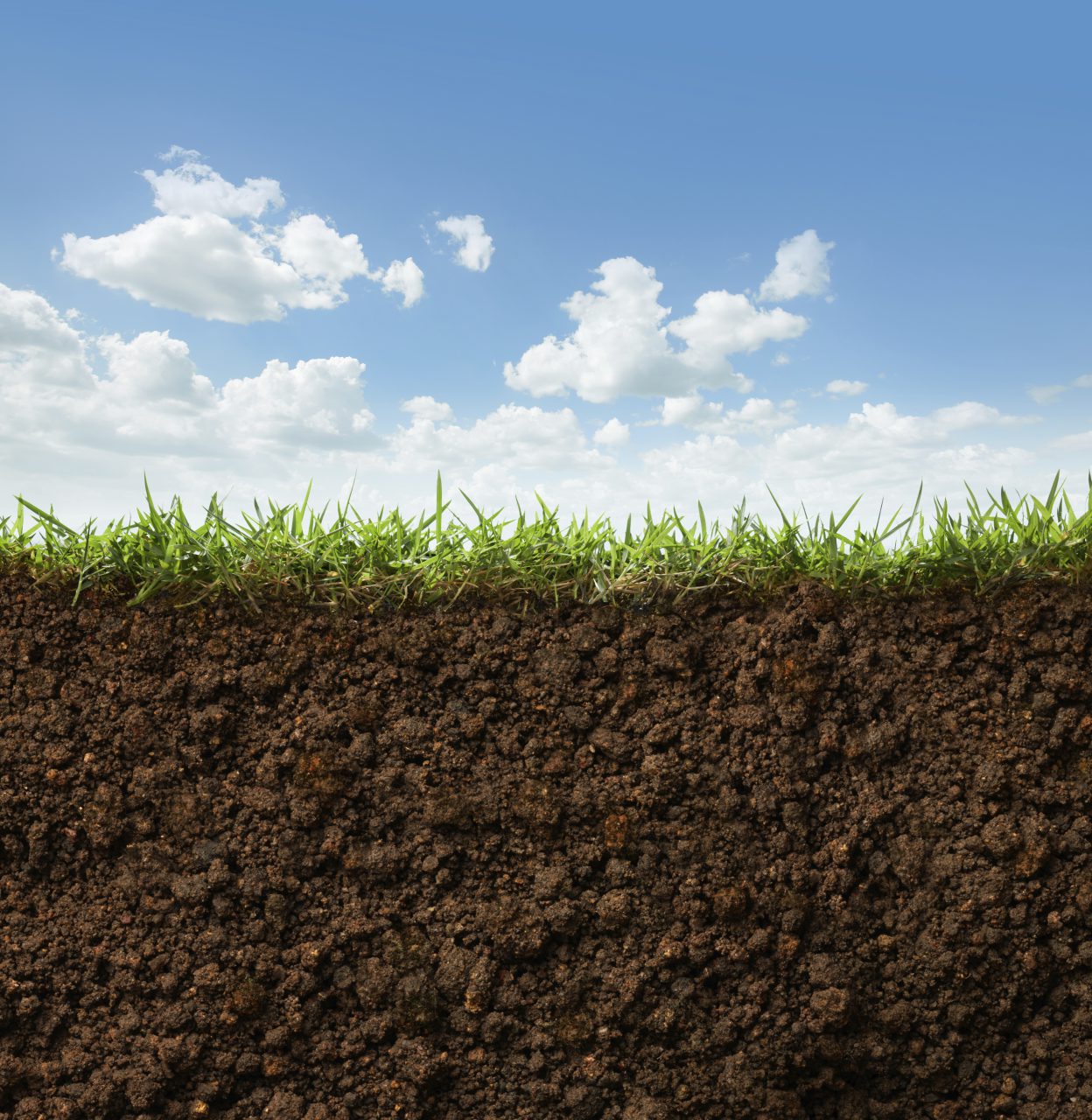Recently a Master Gardener colleague had occasion to interview two professors of soil science at North Carolina State University. Normally the words “soil science” don’t cause our hearts to flutter, but in reading her transcripts I have to admit to a quickening of my pulse.
Soil is one of those things — along with weather and water — that obsess gardeners. But I was excited because the manuscript taught me more about this topic, proving yet again that old dogs can learn new tricks.
Why is soil science so important? Without soil there would be no life. Now we hear this said of water all the time, but think about it: There would be no food without soil. Currently the world’s population is 7 billion, and by 2050 there will be 11 billion people. That's a lot of mouths to feed.
We aren’t doing a first-rate job of fending off world hunger now, and this food deficit will only grow as the population increases. Experts estimate that we will have to increase our yields by 50 percent per acre over the next 35 years if we are to meet the demand. Simply put: Whether you’re a consumer of bison meat or Hostess Twinkies, it all goes back to the soil.
We all agree that water quality is of the upmost importance, and probably only a few still disagree with the provisions of the Clean Water Act, especially after the Flint, Michigan, tragedy. However, did you know that the great water purifier is — yes, you guessed it — soil? Every year in the United States, 375 trillion gallons flow through our soils, which filter and clean the water. This is enough water to fill the state of North Carolina to a height of 15 feet.
Another fascinating attribute of soil is that it’s a huge reservoir of carbon. Amid global warming, this is something that cannot be ignored. There is a normal exchange of carbon between the soil and the atmosphere, but human activity speeds up this carbon traffic, especially through tillage and erosion.
Farmland is going out of production at an alarming pace. The number one crop here in North Carolina isn’t cotton, tobacco, or soybeans: It’s houses. While we may have good reasons for all this construction, we have to recognize that the land will never be available again for agricultural production. Are we reducing farmland to a critically low level when we should be preparing to meet future demand?
Now before you start thinking I’m nothing but doom and gloom, let me hasten to say that the state of our soils in most of the country has improved dramatically. During the dustbowl years when the Midwest topsoil was literally ending up on the steps of the Capitol, the federal government started its efforts to improve soil quality. The Natural Conservation Service began its “no tillage” dictum, encouraging farmers to place new plantings in previous crop residues, a practice that deters erosion and runoff. Today, 50 percent of our farms follow the “no tillage” instruction.
The message is simple: Soil is where life begins and we must protect it, as it goes hand in hand with the quality of our water. There are some simple measures all of us can employ.
– First, use fertilizers judiciously. Now fertilizing can be a dirty word in organic gardening circles, but the truth is that most plants need some nitrogen, which moves quickly through the soil. Be vigilant and don’t let the fertilizer have access to the hardscape, where rain will simply wash it away.
– Second, minimize erosion so that the soil does not wash away. Irrigate properly. The soil can hold a large amount of water, so water well and infrequently. Fill the soil up and let it hydrate the plants.
– Many of us live on septic systems. It’s imperative to use the correct soil when establishing such a system, as otherwise the waste will not leech correctly through the field.
– When it rains, notice where the rain goes — it has to go somewhere. If it is going into your basement, the solution might be to slope the soil away from the direction of the basement. Farmers are resorting to more terracing as a way to capture the water and lessen the problem of runoff.
– Get rid of the tiller. In a home garden you are exposing weed seeds to new life. If the quality of your soil is less than desirable, add compost. Every year I add a layer of compost and mulch to the garden. Consequently when it rains for 11 days in a row, the soil absorbs the water and filters it — nature’s way of cleaning it.
– Get a soil test. Worldwide, most soils do not supply the necessary nitrogen to grow grass plants, such as sweet corn. The only way you can determine whether you need more nitrogen, phosphorous, and potassium is through a soil test. You will also learn your soil’s pH and whether you have to add lime or sulfur to the soil. Soil science can get complicated — for example, legumes produce their own nitrogen but require a higher pH than grasses – so a soil test will tell you what you need to do to grow your plants well.
We use soil in four different ways: (1) to grow food; (2) for construction purposes; (3) for waste disposal; and (4) for recreation. Therefore it behooves all of us to treat our soil with consideration. In the end, this soil is all we have. Once it’s gone, it’s gone.









